Welding With Friction
Welding With Friction
When we examine closely we realize there are minute forces at work. What allows the male cricket to find his mate, or concert halls to be filled with orchestral sounds with every drag of the violinist’s bow, or the batter to slide to home plate, or even skateboarders to manipulate their boards to perform amazing aerial tricks.
Friction, Lubrication, and wear are the key assumptions in which Tribologists study and apply these aforementioned principles. Tribology, a derivative of the Greek word “Tribo” for “I rub” and “ology” meaning “study of” was pioneered in 1493 by Leonardo Da Vinci only to be lost in the annals of history and later rediscovered.
In this segment, our focus will be on the surface imperfections of materials and the interaction of these irregularities. We will take a deep dive and explore how these microscopic defects can create thermal energy when kinetic energy is applied and the application of this transformation in an industrial setting.
Such as the chirps created when the cricket rubs teeth-like ridges on its wings together, or the rosin that give the bow hairs friction when dragged against the violin’s strings, or the batter’s uniform sliding against the infield clay, or the case of the skateboarder gliding his shoes against the rough textured grip tape to execute a kickflip.
Let’s explore inertia friction welding also referred to as spin welding where material held by two chucks are joined together. As you can see one end remains fixed and the rotary forces of the other create enough friction to bond the two ends by capitalizing on the irregularities of their surfaces. Otherwise said, the kinetic energy generated from the rotational motion of one end forces the exterior nuances of the mating surfaces to reach forging temperatures. The mating surfaces achieve enough thermal energy to bond the two ends. This technique is commonly used in the manufacturing of trailer axles, drive shafts and the aerospace industry.
Linear friction welding, much like its spin welding counterpart fuses two surfaces together. However, instead of the axial rotation to generate kinetic energy to achieve forging temperatures used in spin welding. Linear motion is applied to the static end. As a result, linear friction welding is ideal for bonding blades to discs in turbine manufacturing.
The benefits of spin and linear friction welding far outweigh those of traditional fusion welding. The biggest advantage is the cleaning effect the rotary and linear motion has on the mating surface. This is in contrast to fusion welding where oil, wax layers, paint or scale must be meticulously removed to ensure a reliable bond. As a result of this cleaning effect, there is no dependency on inert gases found in traditional welding.
Regarded as the automotive industry standard, ultrasonic welding displaced the former technique of yesteryear. In the past, wire harness connections were spliced and held by terminals dipped in acid and dip-solder. This new standard no longer relies on terminals, acid, and dip-solder but yielded a stronger and reliable bond.
Ultrasonic welding, much like spin welding leverages the irregularities in the surfaces of the bonding materials by creating friction via a horn that vibrates up to 20,000 times a second or 20 kHz by means of acoustic energy. It should be noted that 20 kHz is the upper limit of human hearing. The interaction of these surface inequities coupled with the high-frequency vibration generates enough thermal energy to bond the mating surfaces of the materials. The end result is a durable bond with no dependency on adhesives, fasteners or soldering materials.
A prime advantage of ultrasonic welding is the ability to join molded plastic parts with leak proof joints. For this reason, it has become the application of choice in industries that rely on the bonding of plastics such as the medical industry. Items such as blood/gas filters, dialysis tubing, cardiometry reservoirs, IV catheters and filters, heart sensors for bypass patients, even textiles such as hospital gowns, face masks, and other sterile garments are manufactured utilizing ultrasonic welding.
Friction stir welding has become the method of choice in the locomotive, aerospace and freight industry. Specifically in the production of carriages, fuselage, and containers in which aluminum body panels are seamlessly joined. Superseding antiquated fusion methods friction stir welding eliminates the dependency on consumables such as welding wire, shielding gas, rivets found in other methods. This solid-state process is regarded as environmentally friendly as there is no offing of gases from fumes, rods or wires and because there is no arc lighting, friction stir welding does not have the ocular hazards associated with traditional welding. Mechanical distortion is virtually non-existent due to low surface temperatures which result in high integrity joints with an excellent surface finish.
0



 Life_N_Times_of_Shane_T_Hanson
Life_N_Times_of_Shane_T_Hanson

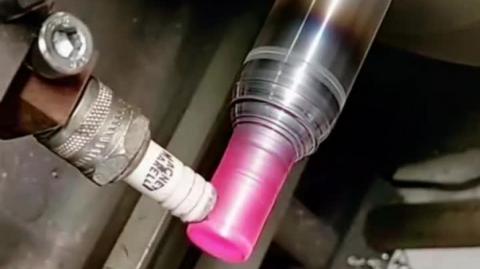
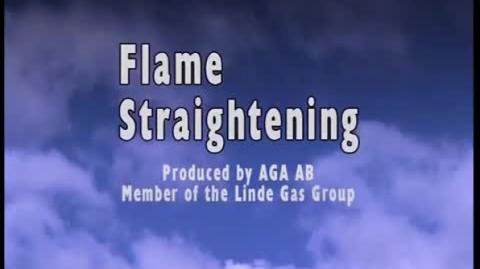
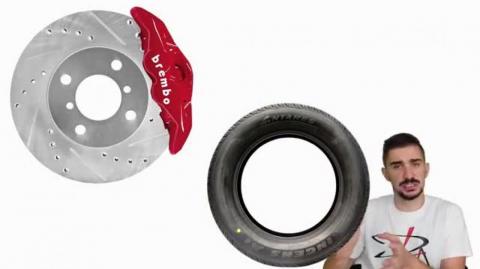
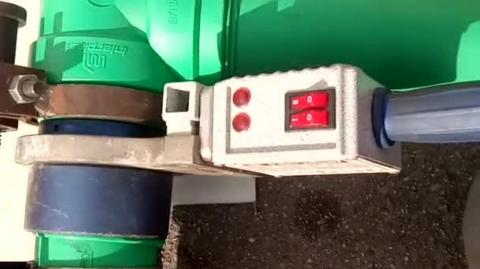
 ErickRendoza 204
ErickRendoza 204
 Coach_Corey_Wayne
Coach_Corey_Wayne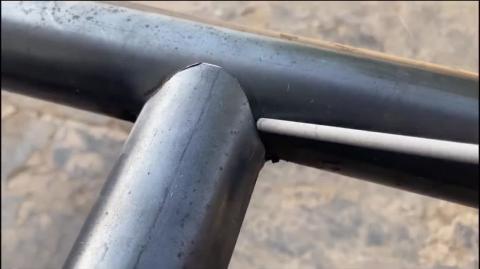
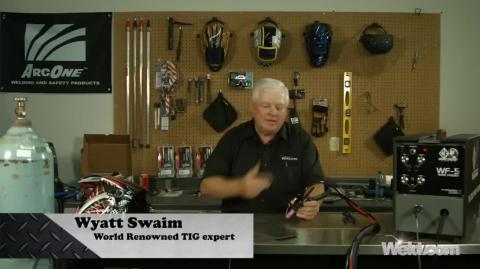
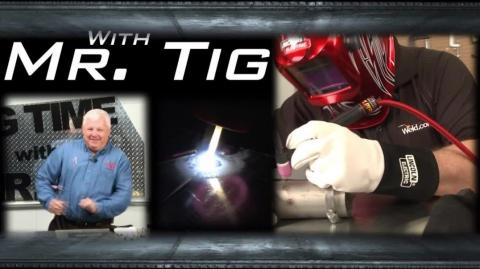
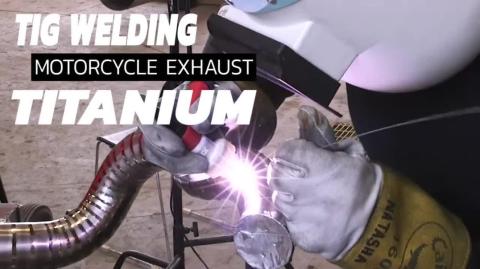



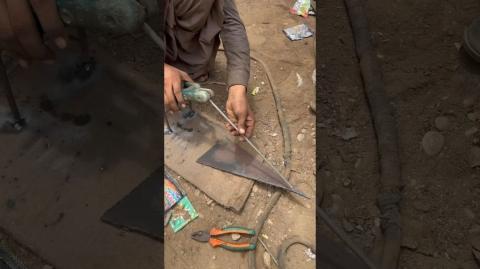
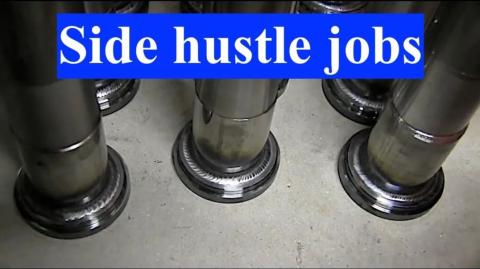
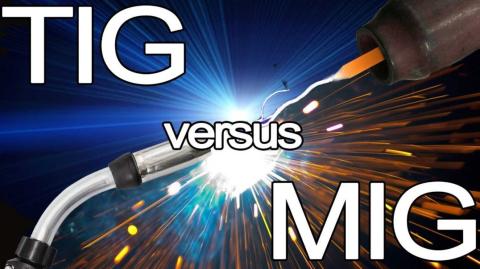




Log in to comment